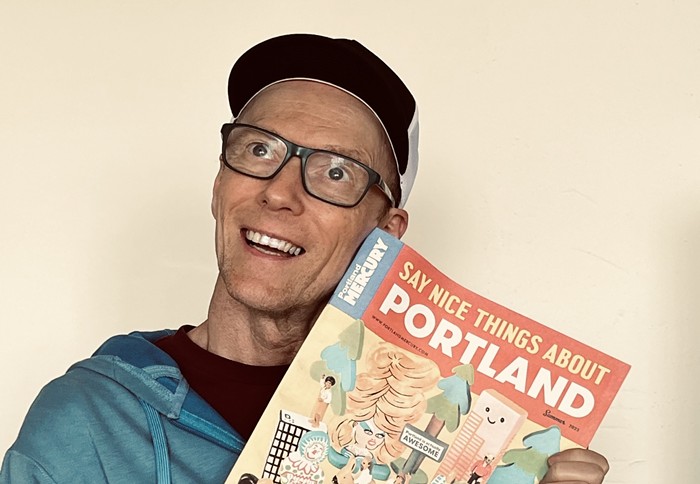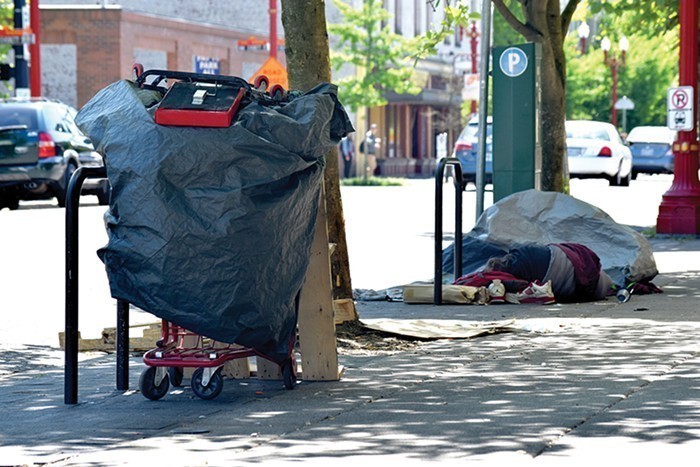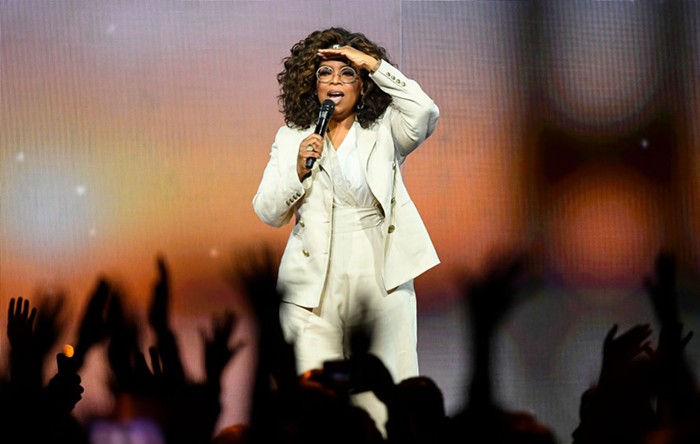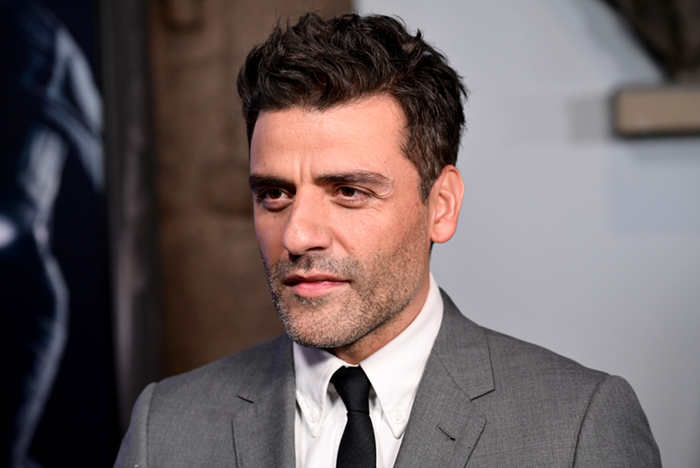Fall Arts & Culture Guide
It’s Peak Art Season in Portland. Here’s Your Game Plan.
Food and Ink
Cooks Tell the Stories Behind Their Tattoos
Two Words from Caitlin Weierhauser, Nariko Ott, and Matt Monroe: You’re Welcome!
Their New Comedy Showcase Doesn’t Need Your Thanks
PICA Puts Down Roots
At This Year’s Time-Based Art Festival, the Stakes Are Higher
August Wilson, Guns, and Fractured Fairy Tales
Here Are the Mercury’s Fall Theater Picks!
Martha Grover’s Messy Lives
The End of My Career Author Is the Voice of Portland Right Now
Big Big Wednesday Is “A Beautiful Object”
The Local Literary Journal Looks to the Future
Wordstock’s Challenge: Too Many Readers
2,500 People Were Expected at Last Year’s Festival. 8,500 Showed Up. Here’s How the Organizers Plan to Meet the Demand This Time Around.
Your Guide to the Symphonic Season
There’s a Lot More Than Pokémon in the Oregon Symphony’s 2016/17 Concerts
The Mercury Staff’s Wish List of Holiday Gifts!
We Want It. So Give It to Us!
TWO YEARS AGO, Wordstock seemed to be on its last legs. Despite being one of the largest annual literary festivals in the country, the independent nonprofit that ran the local festival was having trouble maintaining its financial health and cultivating Portlanders’ excitement. So they called upon the staff at Literary Arts—the nonprofit behind programs like Portland Arts & Lectures, Writers in the Schools, and the Oregon Book Awards & Fellowships—to see if they wanted to take the reins.
While Literary Arts’ year-round programming reaches a wide spectrum of people, it didn’t have the citywide appeal a once-a-year festival can bring. “The idea of having this big civic moment for literature was very appealing to us,” says Literary Arts Executive Director Andrew Proctor. “[To have] programming for people who are five to people who are 105.”
Seeing it as an opportunity, Proctor and Co. looked to bigger literary festivals—in particular the Brooklyn Book Festival, the Miami Book Festival, and the L.A. Times Book Festival—examining what made them work. They found that each had partnered with a range of local organizations and took place in accessible public spaces.
Up until that point, Wordstock had spent its nine-year existence in the extremely practical but tragically uninspiring Oregon Convention Center. While the Convention Center is technically a public space, Proctor says, “it’s not the same kind of thing as being in a downtown square.”
So he reached out to Brian Ferriso, executive director at the Portland Art Museum (PAM). “I phoned him and asked him, ‘Could I have the Art Museum for two days?’ And to his credit, he didn’t say no or laugh or hang up. He then went and thought about it and it sort of ties into the art museum’s mission, and he said yes.”
From there, Proctor gathered some other local associates. He recruited Powell’s to sign on as the fest’s mobile bookseller. Multnomah County Library offered to bring in librarians to help out at the book fair and moderate events. The First Congregational Church across the street from PAM would provide a main stage. And, perhaps most importantly, Oregon Public Broadcasting agreed to not only host various events but to record them, so that Wordstock could reach an audience beyond Portland and the festival itself.
Once they managed to secure funding for a three-year trial run, the organization was finally able to commit to acquiring Wordstock as part of Literary Arts’ programming. They hired new festival program director Amanda Bullock and began booking the festival’s lineup of nearly 100 writers—an almost even split between national and local authors, including well-known writers like Ursula K. Le Guin, John Irving, Cheryl Strayed, Barry Lopez, Jon Krakauer, and Sandra Cisneros. That was when they started thinking about how many people might show up to their reimagined festival.
“We looked at the numbers and Wordstock’s last couple years were sitting around 2,500 attendees,” Proctor says. “So we thought, ‘Okay, we’ll be cautious,’ and we’ll build infrastructure for 5,000 people.”

8,500 people showed up.
At last year’s Wordstock, it was impossible to feel alone in your book nerdiness. Every event was at capacity and the bigger ones had lines around the block. The civic moment for literature Literary Arts had hoped for had happened, and it was beautiful and uncomfortable, inspiring and awful.
“I like the idea of a crowded festival, because it has energy,” Proctor says. “But we went well beyond that. And there were some really understandable frustrations.”
People who came hoping to bounce from event to event and see dozens of authors had to revise their expectations. If you wanted to get into an event, you had to either line up early or miss the beginning as you waited for a spot to open up. You couldn’t walk out of one event and into another; instead, you had to figure out what you wanted to see the most and put in some time waiting.
So for this year’s festival—which takes place Saturday, November 5—Literary Arts’ biggest goal has been to figure out how to accommodate more people. This time, they’ll have five new stages in the neighborhood around PAM (The Old Church, Oregon Historical Society, the Brunish Theatre, the Winningstad Theatre, and the Arlene Schnitzer Concert Hall), doubling the seating capacity of last year’s festival. They’ll also dedicate bigger spaces to the book fair and the kids’ area, in addition to the eight author stages (for readings, Q&As, and panel discussions), writing workshops, and pop-up events throughout the museum’s galleries. And last year’s post-festival Lit Crawl—a literary bar crawl series that originated in San Francisco and now takes place annually in cities around the world—will happen the night before Wordstock to take a little of the all-at-once edge off.
While the organizers hope the expansion will help solve many of the problems they ran into last year, Wordstock is still a big, once-a-year festival. “The festival experience this year will be a lot easier to manage,” Proctor says. “But it will be a festival, not unlike many festivals, which will be crowded.” Proctor’s advice is to plan ahead. “Have a strategy for the festival,” he says. “Getting into everything is going to be difficult, probably impossible.”
It’s also important to keep in mind that Wordstock is still under new management, and its new organizers are still figuring out how to make it work and deciding if it makes sense for their organization in the long term. “We’re going to do this for three years and if we can get it to a place where it feels like it’s sustainable from a fundraising perspective, that the community wants it, that it’s relevant, then we’re going to keep doing it for as long as we can,” Proctor says. He adds, “Were I a betting man, I’d say it will go on long past that. You can feel a demand from the community.”
Even with last year’s frustrations, that demand stuck with Proctor more than anything else. “I had an enormous sense of pride,” he says, “not in us or our work, but the place that we live. It was pouring rain, it was crazy crowded, and people—for the most part—were just excited to be there and enthusiastic about the festival. And I just thought, ‘Oh god, I live in the right place.’”
On September 7, Literary Arts will announce this year’s lineup. While there will likely be some big names headlining, Proctor hopes people take advantage of the inherent benefits of its being a festival. “When you have stand-alone readings—like we do [in the Literary Arts venue], like bookstores do, like we do at Arts & Lectures—you just come and get the thing you wanted. But at a festival, the value is that you came and got something you didn’t know you wanted.”













